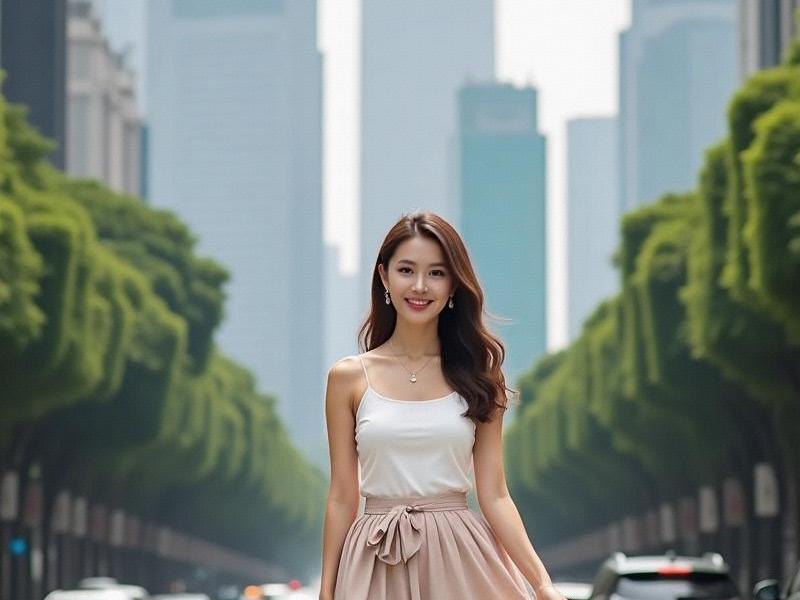
Section 1: Historical Foundations (600 words)
1. The cheongsam legacy: 1930s Shanghai as fashion capital
2. "Haipai" culture's influence on beauty norms
3. Movie stars turned style icons (Ruan Lingyu to Maggie Cheung)
Section 2: Modern Transformations (900 words)
1. The new Shanghai woman:
- Education levels (68% hold university degrees)
- Economic power (controlling 42% of household wealth)
上海龙凤论坛爱宝贝419 - Marriage age trends (average 32.1 years)
2. Beauty industry revolution:
- Cosmetic surgery with Chinese characteristics
- Skincare-tech fusion products
- Sustainable beauty movements
Section 3: Cultural Contradictions (700 words)
419上海龙凤网 1. Workplace dilemmas:
- "Professional but feminine" expectations
- Ageism in service industries
- Executive presence vs. traditional modesty
2. Generation gaps:
- Grandmothers' jade bracelets vs. granddaughters' smartwatches
- Confucian values vs. feminist awakenings
上海品茶论坛 - Wedding photography industrial complex
Section 4: Global Influences (600 words)
1. International education's impact
2. Cross-cultural marriages shaping aesthetics
3. Shanghai Fashion Week as global platform
4. Digital native beauty bloggers
Conclusion:
Shanghai women are crafting a distinctive beauty philosophy that honors heritage while embracing modernity - offering an alternative to both Western ideals and traditional Chinese expectations, ultimately redefining what it means to be beautiful in 21st century China.
